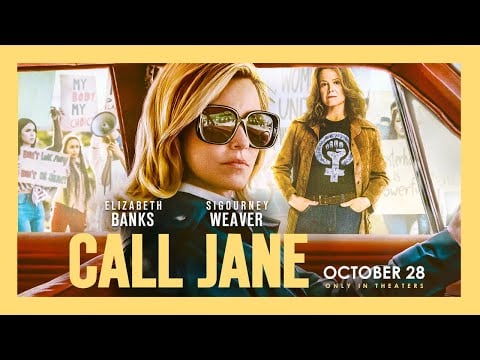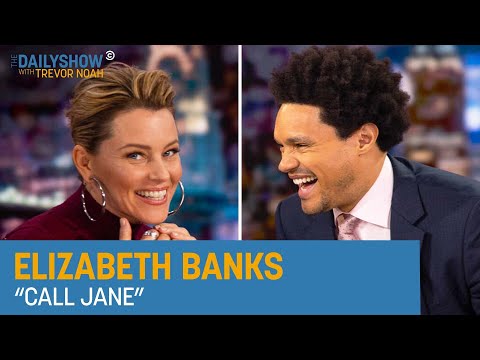Indie films typically start their theatrical rollouts in blue cities.
If audiences show up in droves, the studios expand the films into theaters nationwide. It’s an effective strategy that relies on word-of-mouth to buoy interest.
Roadside Attractions opted for a different release strategy for “Call Jane,” and it made sense on paper.

The film stars Elizabeth Banks as a ’60s-era woman seeking an abortion due to a medical complication threatening her life. The story is fictional but connects with the real-life Janes, an underground network that helped secure illegal abortions during the era.
“Call Jane” is unabashedly pro-choice, one of many recent films to argue on behalf of abortion.
And, given the 2022 Supreme Court ended Roe v. Wade a few months back, the progressive appetite for “Call Jane” should be as strong as possible. Why not release the drama days before the midterm elections?
Except very few people showed up to see the film over the weekend. That’s an understatement.
RELATED: WHY ‘GOSNELL’ COULD ROCK HOLLYWOOD’S ABORTION DEBATE
The movie earned just $243,922 at the box office from more than 1,000 screens. That isn’t a wide release in the traditional sense, but it’s far more than most indie films receive.
“The Banshees of Inisherin,” an Oscar-bait release that opened on just 58 screens Oct. 28, earned more than double what “Call Jane” generated.
You can’t blame a lack of awareness for the results. “Call Jane” earned oodles of media attention. The New York Times gave co-star Sigourney Weaver a massive profile feature tied to the project.
Banks similarly earned a New York Times close-up along with a Vanity Fair feature story.
Planned Parenthood also used its considerable clout to promote the film.
The film and its partners, including the Planned Parenthood Federation of America — which also served in a collaborative role on the film to ensure it reflects the realities of barriers to abortion access — and Abortion Care Network’s KeepOurClinics.org campaign, will screen the Phyllis Nagy-directed film with dozens of American clinics.
Banks and Weaver worked the late-night circuit, too, and the respective hosts echoed their pitch about the movie’s real-world implications.


The pair also made a joint appearance on “The View,” another smart marketing move given that show’s progressive following.
Perhaps “Call Jane” might have resonated with audiences had it hit theaters closer to the Roe v. Wade reversal. Instead, the movie arrived as evidence of a red electoral wave is intensifying, and voters are coming to grips with that reality.
Or, the conventional wisdom that abortion would be the Democrats’ best bet to defang GOP arguments never held much sway in the first place.
The film’s commercial failure is another sign Democrats may have plenty to worry about come Nov. 8.
The post Why ‘Call Jane’ Spells Trouble for Democrats’ Midterm Hopes appeared first on Hollywood in Toto.

0 Comments